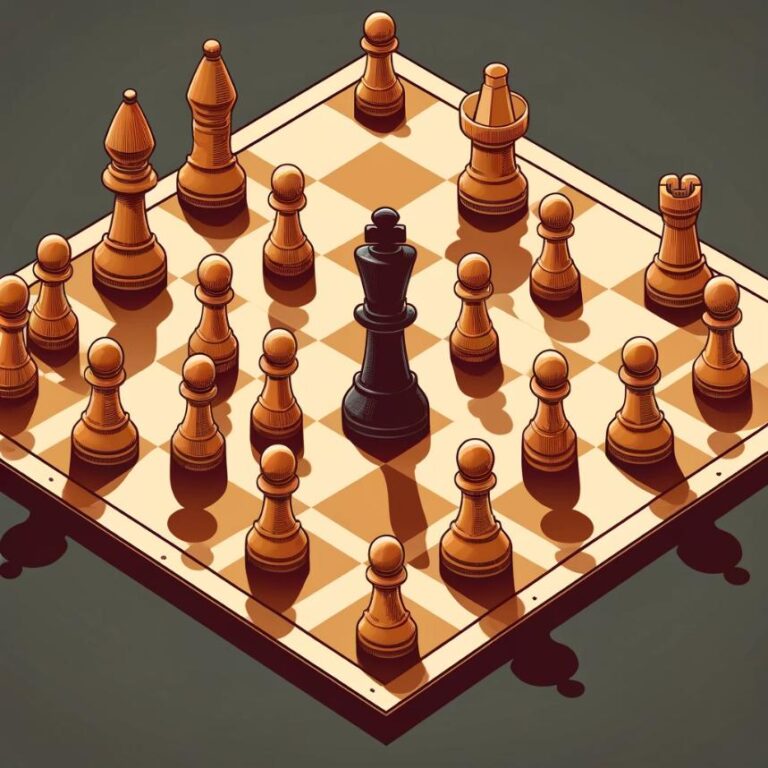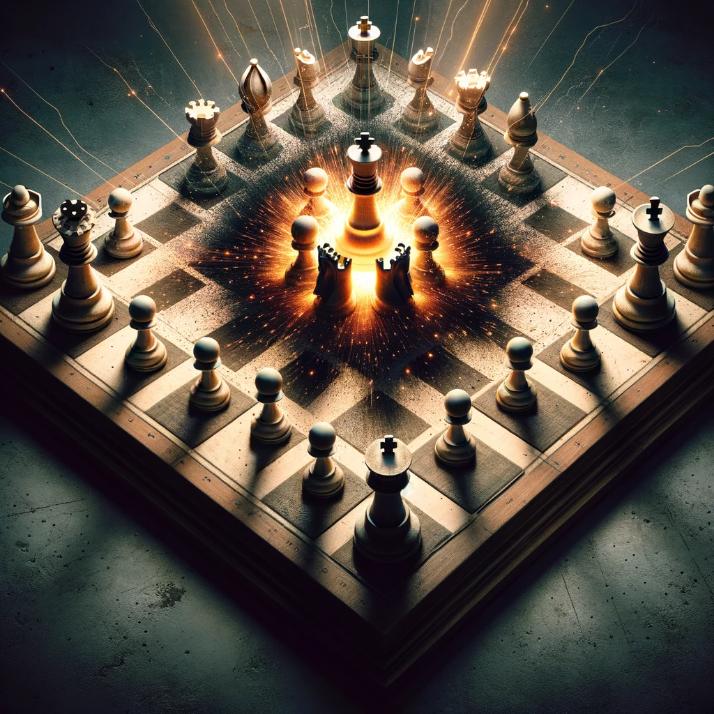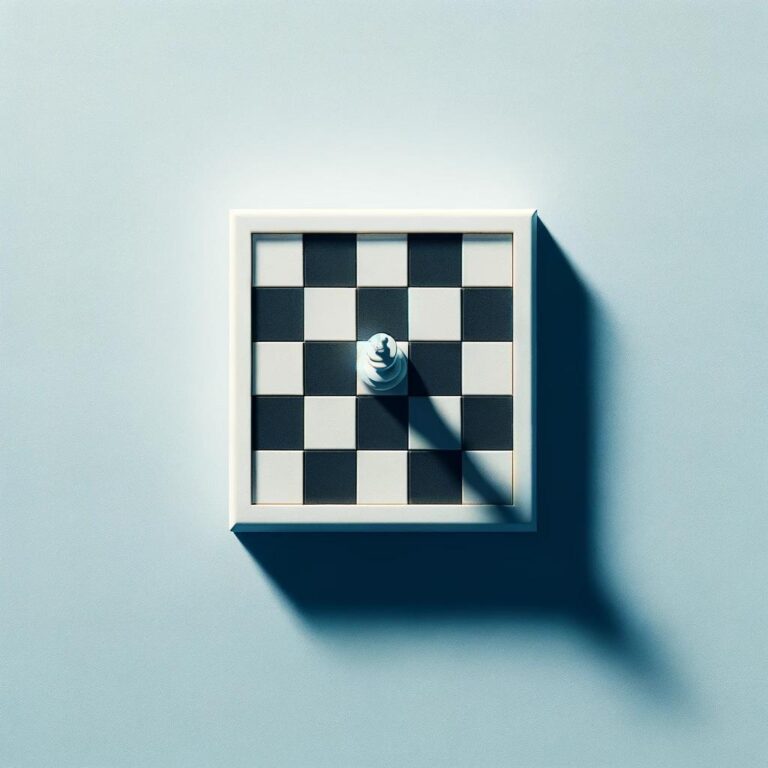Introduction
Artificial Intelligence (AI) has come a long way in recent years, and one area where it has made significant advancements is in the field of chess. With the rise of computer chess engines and machine learning algorithms, chess has become a prime example of how AI can outperform human players. However, while AI has excelled in strategic and offensive play, it may still struggle when it comes to defensive moves that require creativity and adaptability. In this article, we will discuss a new AI algorithm called “Cross-Check Chess” that aims to overcome this limitation and turn defense into attack.
What is a cross-check in chess?
A cross-check in chess is a tactical maneuver where a player responds to a check by delivering a check of their own. This typically occurs when the piece used to block the initial check either delivers a direct check to the opposing king or enables a discovered check from another piece. While commonly associated with blocking checks, the term can also apply when a king moves out of check, unveiling a discovered check by another piece—often referred to as a royal check. However, it does not include scenarios where the piece giving the initial check is captured.
Cross-checks are particularly crucial in some endgames, such as those involving two queens versus one queen, or a queen and pawn versus a queen. In these situations, the defending side might attempt to draw the game through perpetual check, and the stronger side may need to employ a cross-check to effectively counter this strategy and secure a win.
Understanding Cross-Check Chess
Cross-Check Chess is a variation of traditional chess that utilizes AI algorithms to enhance defensive play. The name “cross-check” refers to a type of check in chess where the attacking piece simultaneously checks the king and also exposes another of the opponent´s pieces to attack. This concept is the foundation of the Cross-Check Chess algorithm, which aims to continuously put pressure on the opponent and create multiple threats.
The main difference between Cross-Check Chess and traditional chess is that in Cross-Check Chess, the focus is not just on attacking the opponent´s king but also on creating multiple threats and opportunities. This shifts the emphasis from just defending against an attack to actively looking for ways to turn defense into offense.
The Role of Artificial Intelligence
In Cross-Check Chess, AI algorithms play a crucial role in finding and creating these multiple threats. These algorithms use advanced machine learning techniques to analyze positions and find patterns that could lead to potential threats. This is particularly important in defensive situations, as it allows the AI to anticipate and prepare for future attacks.
One of the main strengths of AI in Cross-Check Chess is its ability to make creative and unexpected moves. Unlike human players who may rely on familiar tactics and strategies, AI can explore a much broader range of possibilities and come up with unique and unorthodox moves. This makes it a formidable opponent in both offensive and defensive situations, as it can surprise the human player with unexpected moves that may not have been considered before.
The Benefits of Cross-Check Chess
The use of AI in Cross-Check Chess offers many benefits, both for players and for the continued advancement of AI technology. For players, it provides a new and exciting variation of traditional chess that challenges them to think differently and adapt to a more unpredictable style of play. It also allows players to improve their overall chess skills, as they must now consider both offensive and defensive strategies in every move.
From a technological perspective, Cross-Check Chess presents a new challenge for AI algorithms, pushing them to develop and improve in ways that traditional chess may not have. This could lead to further advancements in AI and its applications in other areas beyond chess.
The Future of Cross-Check Chess
As with any new AI technology, there is still room for improvement and further development in Cross-Check Chess. One potential area for growth is the inclusion of neural networks in the AI algorithms, allowing for even more innovative and creative moves. Additionally, there is ongoing research on ways to combine different AI techniques to improve the overall performance of Cross-Check Chess.
Ultimately, the goal is to create an AI that is not only capable of outperforming human players in traditional chess but also excels in Cross-Check Chess. With continued advancements and refinements, Cross-Check Chess has the potential to become a popular variation of chess and a prime example of how AI can enhance and improve strategic decision-making.
Conclusion
Cross-Check Chess is an innovative and exciting application of AI in the world of chess. By utilizing advanced algorithms and techniques, it challenges players to think beyond traditional offensive strategies and consider the potential of defensive moves as a means of attacking the opponent. With ongoing research and development, Cross-Check Chess could pave the way for further advancements in AI and its practical applications in various fields. Whether you are a chess enthusiast or simply fascinated by the potential of AI, Cross-Check Chess is a concept that is certainly worth keeping an eye on.







